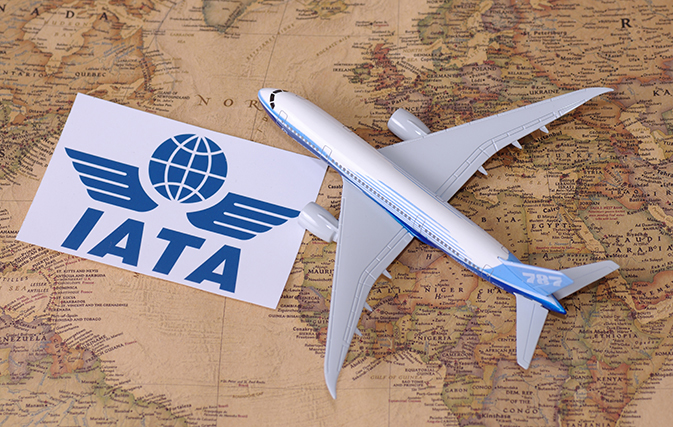GENEVA — The number of airline passengers travelling by 2037 could double from today’s levels, to 8.2 billion in less than 20 years, according to just released stats from IATA.
An increasing shift eastwards in the centre of gravity of the industry is behind the continued strong growth, says IATA, in its latest update to its 20-Year Air Passenger Forecast.
Over the next two decades, the forecast anticipates a 3.5% compound annual growth rate (CAGR), leading to a doubling in passenger numbers from today’s levels.
IATA warned that growth prospects for air transport, and the economic benefits driven by aviation, could be curtailed if protectionist measures are implemented by governments.
“Aviation is growing, and that is generating huge benefits for the world. A doubling of air passengers in the next 20 years could support 100 million jobs globally,” says Alexandre de Juniac, IATA’s Director General and CEO.
He adds: “There are two important things that stand out about this year’s forecast. Firstly, we are seeing a geographical reshuffling of world air traffic to the east. And secondly, we foresee a significant negative impact on the growth and benefits of aviation if tough and restrictive protectionist measures are implemented.”
The Asia-Pacific region will drive the biggest growth with more than half the total number of new passengers over the next 20 years coming from these markets.
China will displace the U.S. as the world’s largest aviation market (defined as traffic to, from and within the country) in the mid-2020s, according to IATA’s data. It says the rebalancing of China’s economy towards consumption will support strong passenger demand over the long term.
India will take third place after the US, surpassing the UK around 2024.
Indonesia is also forecast to be a standout performer, climbing from the world’s 10th largest aviation market in 2017 to the fourth largest by 2030.
Thailand is expected to enter the top 10 markets in 2030, replacing Italy which drops out of the ranking.
No matter which growth scenario comes to pass, aviation faces an infrastructure crisis, says de Juniac. Governments must work closely with the industry, to be more ambitious in developing efficient infrastructure, fit for purpose, and offering value for money.
“The world stands to benefit greatly from better connectivity. However, at this rate, airports and air traffic control will not be able to handle demand. Governments and infrastructure operators must strategically plan for the future. Decisions made now will have an impact on the value created by aviation for their regions,” said de Juniac.
He adds that the aviation industry remains committed to its goals of carbon-neutral growth from 2020 onwards and cutting CO2 emissions to half 2005 levels by 2050.
Here’s a look at the fastest growing aviation markets in terms of annual additional O-D (origin-destination) passengers from 2017 to 2037:
- China: 1 billion new passengers for a total of 1.6 billion
- U.S.: 481 million new passengers for a total of 1.3 billion
- India: 414 million new passengers for a total of 572 million
- Indonesia: 282 million new passengers for a total of 411 million
- Thailand: 116 million new passengers for a total of 214 million
Regional growth in 2037
- Routes to, from and within Asia-Pacific will see an extra 2.35 billion annual passengers by 2037, for a total market size of 3.9 billion passengers. Its CAGR of 4.8% is the highest, followed by Africa and the Middle East.
- The North American region will grow by a CAGR of 2.4% annually and in 2037 will carry a total of 1.4 billion passengers, an additional 527 million passengers.
- Europe will grow at a CAGR of 2%, and will see an additional 611 million passengers. The total market will be 1.9 billion passengers.
- Latin American markets will grow by a CAGR of 3.6%, serving a total of 731 million passengers, an additional 371 million passengers annually compared to today.
- The Middle East will grow strongly with a CAGR of 4.4% and will see an extra 290 million passengers on routes to, from and within the region by 2037. The total market size will be 501 million passengers.
- Africa will grow by a CAGR of 4.6%. By 2037 it will see an extra 199 million passengers for a total market of 334 million passengers.

